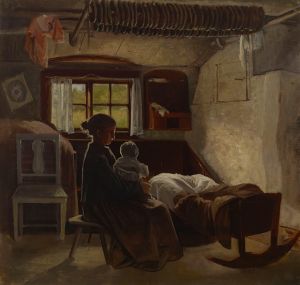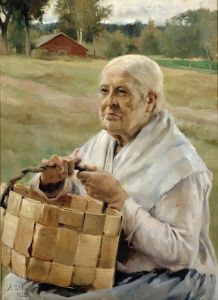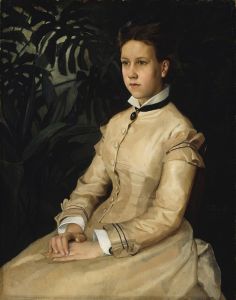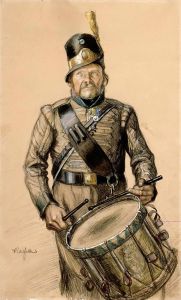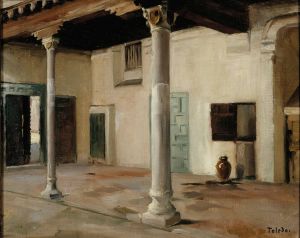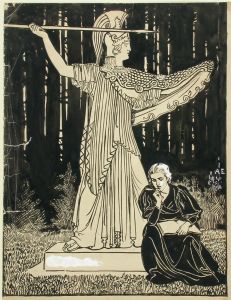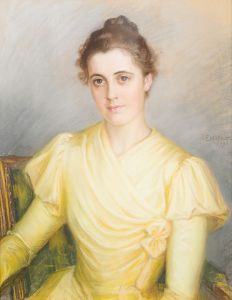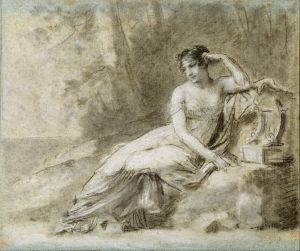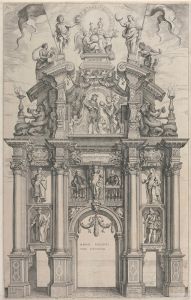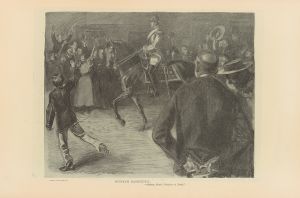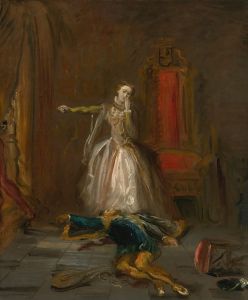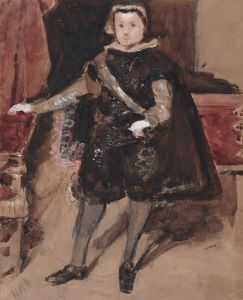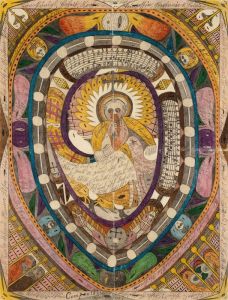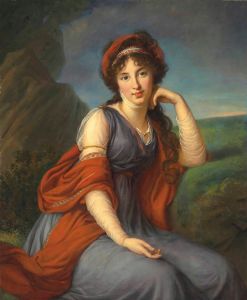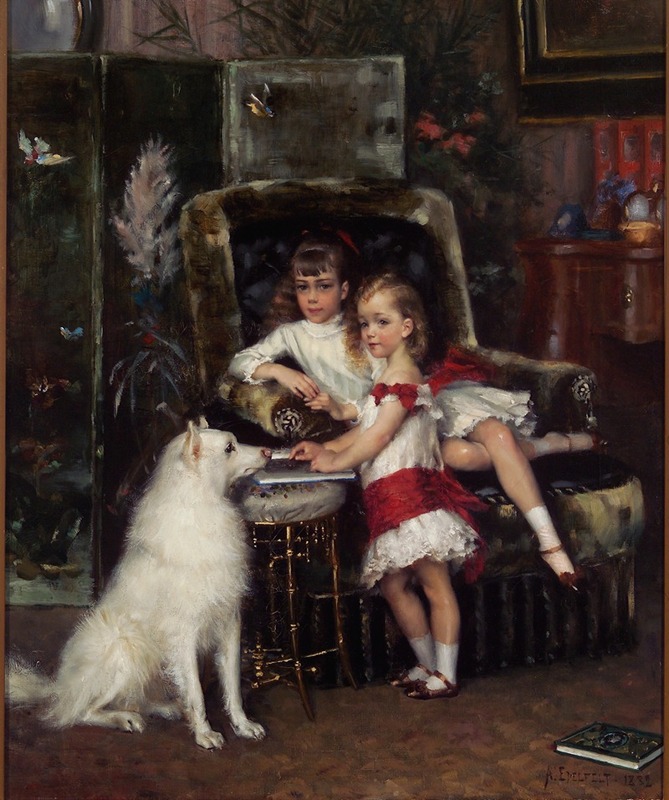
Michael and Xenia, Children of the Emperor Alexander III
A hand-painted replica of Albert Edelfelt’s masterpiece Michael and Xenia, Children of the Emperor Alexander III, meticulously crafted by professional artists to capture the true essence of the original. Each piece is created with museum-quality canvas and rare mineral pigments, carefully painted by experienced artists with delicate brushstrokes and rich, layered colors to perfectly recreate the texture of the original artwork. Unlike machine-printed reproductions, this hand-painted version brings the painting to life, infused with the artist’s emotions and skill in every stroke. Whether for personal collection or home decoration, it instantly elevates the artistic atmosphere of any space.
"Michael and Xenia, Children of the Emperor Alexander III" is an oil painting created in 1883 by Finnish artist Albert Edelfelt. The artwork depicts Grand Duke Michael Alexandrovich and Grand Duchess Xenia Alexandrovna, two of the children of Emperor Alexander III of Russia and Empress Maria Feodorovna. The painting is notable for its intimate portrayal of the young Romanov siblings, capturing a moment of their childhood during the late 19th century.
Albert Edelfelt, a prominent Finnish-Swedish painter, was known for his portraits and historical scenes. He was invited to the Russian Imperial Court to paint members of the Romanov family, a testament to his reputation as a skilled artist. This particular painting was commissioned as part of his work for the Russian royal family. Edelfelt's ability to convey personality and emotion in his portraits is evident in this piece, which reflects the innocence and charm of the young royals.
Grand Duke Michael Alexandrovich, born in 1878, was the youngest son of Alexander III. Grand Duchess Xenia Alexandrovna, born in 1875, was the eldest daughter. In the painting, the siblings are depicted in a natural and relaxed setting, emphasizing their familial bond. The composition and use of light highlight Edelfelt's mastery in creating lifelike and engaging portraits.
The painting is considered an important example of Edelfelt's work during his time at the Russian court. It also serves as a historical document, offering a glimpse into the lives of the Romanov children before the political and social upheavals that would later affect their family and the Russian Empire.
The current location of the painting is not widely documented, and it is unclear whether it remains in a private collection or is housed in a museum. Despite this, the artwork continues to be recognized as a significant piece in Edelfelt's oeuvre and a valuable representation of the Romanov dynasty during its height.
This painting exemplifies the intersection of art and history, showcasing Edelfelt's talent while preserving the memory of two young members of one of Europe's most prominent royal families.





